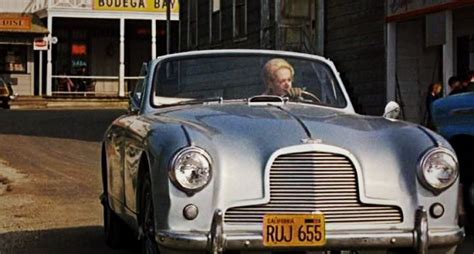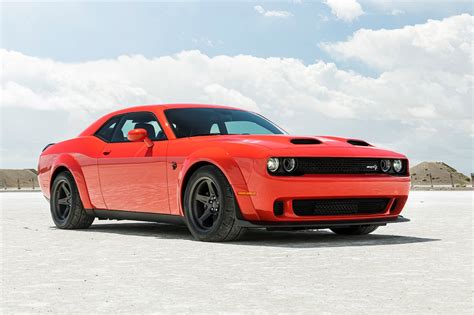
Hitchcock's Avian Onslaught: The Car as a Refuge in "The Birds" In the annals of cinematic history, Alfred Hitchcock's "The Birds" stands as a towering masterpiece of suspense and psychological horror. Released in 1963, the film depicts a series of inexplicable and increasingly violent bird attacks on the idyllic coastal town of Bodega Bay, California. Amidst the chaos and terror, the automobile emerges as a crucial symbol of sanctuary and protection for the besieged townsfolk. A Premonition of Impending Doom: The ominous Opening Scene The film's opening sequence sets the stage for the impending avian onslaught, with unsettling shots of birds perched ominously on telephone wires and rooftops. The tranquility of the morning is shattered as Melanie Daniels (Tippi Hedren), the film's protagonist, drives into Bodega Bay. As she parks her car, a lone seagull swoops down and pecks at the windshield, leaving a foreboding sign of the horrors to come. Symbiosis of Nature and Machine: The Car as an Extension of Self In "The Birds," the car serves as a microcosm of the human body, a protective shell shielding its occupants from the external threats posed by the birds. The closed windows and locked doors create a sense of isolation and invulnerability, reinforcing the idea that the car is an extension of the self. As the attacks intensify, the characters retreat into their vehicles, seeking solace and safety within their metal cocoons. The Gas Station Sequence: A Desperate Struggle for Survival One of the film's most iconic scenes unfolds at a gas station, where Melanie and Mitch Brenner (Rod Taylor) find themselves trapped amidst a frenzied attack by birds. Seeking shelter in their car, they desperately try to start the engine while hordes of birds batter the windows and doors. The scene is a heart-stopping depiction of the vulnerability of humans in the face of nature's wrath, highlighting the car's significance as a lifeline in a world gone awry. The Schoolhouse Siege: A Bastion Against the Avian Onslaught As the bird attacks escalate, the townspeople gather at the local schoolhouse, hoping to find refuge from the relentless onslaught. They barricade the doors and windows, transforming the building into a fortress against the invading birds. The schoolhouse becomes a symbol of collective resilience and determination, demonstrating the power of unity in the face of adversity. The Final Confrontation: A Journey into the Heart of Darkness In the film's climactic sequence, Melanie and Mitch embark on a perilous journey to Bodega Bay's isolated coastal ranch, hoping to rescue Melanie's young sister, Cathy (Veronica Cartwright). The drive is a harrowing odyssey through a landscape overrun by birds, where every moment holds the potential for disaster. The car becomes a symbol of their unyielding determination and unwavering love for Cathy, propelling them forward despite the overwhelming odds. The Birds Eye View: A Shift in Perspective Throughout the film, Hitchcock employs innovative camerawork and editing techniques to create a sense of disorientation and unease. Frequent use of bird's-eye-view shots places the audience in the perspective of the birds, blurring the line between predator and prey. This shifting viewpoint challenges our traditional notions of safety and control, emphasizing the vulnerability of humans in a world governed by unpredictable forces. Nature's Wrath and Human Resilience: The Enduring Legacy of "The Birds" "The Birds" remains a timeless classic, praised for its technical brilliance, its exploration of human frailty, and its enduring commentary on the relationship between humanity and the natural world. The film's iconic imagery, including the omnipresent birds and the besieged car, has left an indelible mark on popular culture. "The Birds" serves as a cautionary tale about the consequences of disrupting the delicate balance between humans and the environment, a message that continues to resonate in the face of today's environmental challenges.

